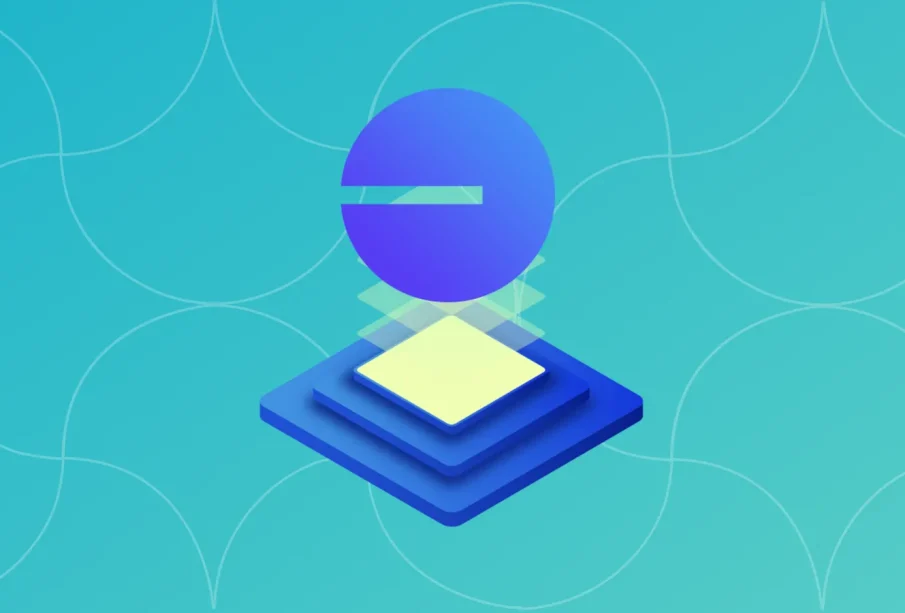Why do layer 2 networks excel at small-value transactions?

Layer 2 networks solve the fundamental cost and speed limitations that prevent blockchain technology from supporting everyday micro transactions. These secondary protocols operate above base blockchain layers, enabling rapid transaction processing at dramatically reduced fees compared to primary network operations. Various blockchain projects, including new token launches amazon crypto presale initiatives, leverage layer 2 infrastructure to make small-value transactions economically viable for users and developers.
Fee reduction mechanisms
Layer 2 protocols achieve dramatic fee reductions by processing multiple transactions off-chain before settling them collectively on the main blockchain. This bundling approach spreads the cost of expensive main-chain operations across numerous individual transactions, reducing per-transaction fees from several dollars to fractions of a cent. The mathematical efficiency of this approach makes previously uneconomical micro transactions financially practical for both users and businesses. The cost savings become particularly pronounced during network congestion periods when main-chain fees spike to extreme levels. Layer 2 networks maintain consistent low fees regardless of base-layer congestion because they operate independently from main-chain traffic patterns. This predictable fee structure enables businesses to build sustainable economic models around small-value transactions without worrying about variable network costs destroying profit margins during peak usage.
Speed optimisation strategies
- Instant finality protocols eliminate waiting periods associated with main-chain block confirmations for routine transactions
- Parallel processing capabilities handle thousands of simultaneous transactions without creating bottlenecks or delays
- Optimistic rollup technology assumes transaction validity by default, processing payments immediately while maintaining security
- State channel implementations enable near-instantaneous transfers between participating parties without blockchain delays
- Batch processing systems group multiple transactions into single operations that execute simultaneously across the network
Scalability breakthroughs
Layer 2 networks achieve transaction throughput levels that exceed traditional payment systems while maintaining blockchain security guarantees. A network like this can process thousands of transactions per second, compared to a handful for base-layer blockchains. The scalability improvements enable supporting consumer applications requiring high transaction volumes, such as gaming rewards, content micropayments, and retail point-of-sale systems. The architectural design of layer 2 networks allows for horizontal scaling that can accommodate growing user bases without degrading performance. Additional layer 2 instances can be deployed to handle increased demand while maintaining interoperability with existing networks. This elastic scaling capability ensures that small-value transaction processing remains efficient even as adoption grows exponentially across various use cases and industries.
Network security preservation
Layer 2 networks maintain the security properties of their underlying blockchains while delivering enhanced performance characteristics. These systems use cryptographic proofs and fraud detection mechanisms that ensure transaction integrity without requiring direct main-chain validation for every operation. The security model combines the decentralisation and immutability of base-layer networks with the efficiency needed for practical daily use.
Layer 2 protocols include fraud prevention systems to prevent malicious actors from exploiting faster transaction processing. Challenge periods allow network participants to dispute suspicious transactions before they become finalised on the main chain. These security measures ensure that the convenience of rapid small-value transactions does not compromise the trustless nature that makes blockchain technology valuable for financial applications. The architecture of layer 2 networks represents a fundamental advancement in blockchain technology that finally makes digital currencies practical for everyday commercial use through affordable, rapid transaction processing.










